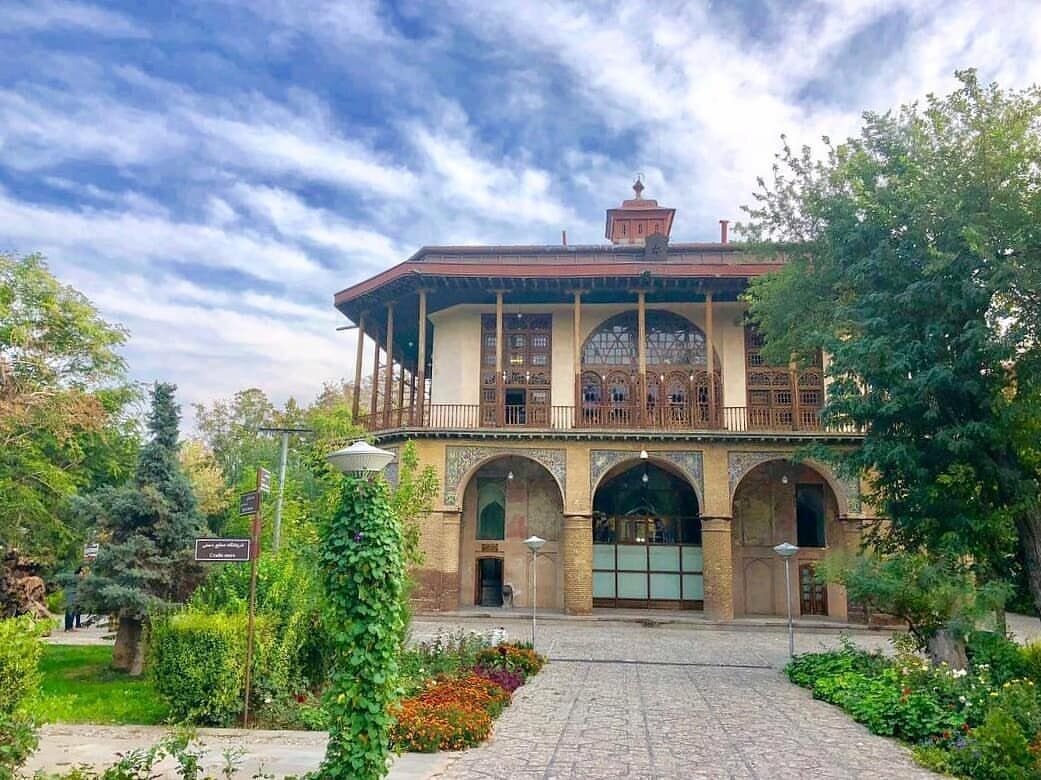Historical elements unearthed in Qazvin’s Safavid court

TEHRAN – Arrays of historical elements, estimated to date from the Safavid, Qajar, and Pahlavi eras, have recently been unearthed at the Dolatkhaneh of Qazvin, which was once a royal complex in the ancient Iranian city.
The discoveries were made in Safavid Dolatkhaneh when a team of restorers engaged in ongoing efforts to restore and preserve the historical royal site, Qazvin’s tourism chief Alireza Khazaeli said on Saturday.
The Safavid Dolatkhaneh, an architectural gem located in the heart of Qazvin, was once the epicenter of the Safavid Empire. The city of Qazvin, serving as the capital of Persia under Shah Tahmasp I during the 16th century, was a strategic location on the Silk Road, offering both political and geographical advantages. This latest archaeological discovery underscores the historical significance of Qazvin during the Safavid and subsequent eras.
The excavation project was initiated in mid-July as part of the third phase of restoring the renowned Safavid Ravaq within the Dolatkhaneh complex, Khazaeli said.
The official emphasized the project's primary objective: to identify and preserve the historical layers and architectural elements spanning several significant Iranian dynasties.
“The findings from this season's excavations reveal architectural remnants from the Safavid, Qajar, and the Pahlavi eras,” Khazayeli said. “These include flooring, walls, and various architectural spaces, all meticulously divided and categorized according to their functional use during different historical periods.”
Khazayeli further explained that the team discovered intricate brick flooring, located approximately 145 centimeters below the courtyard level of the historical complex’s pool area. This particular flooring technique highlights the sophistication of Persian architectural practices during that time.
The excavation also revealed other architectural spaces, including brickwork from the post-Safavid periods and five layers of brick paving, blending bricks and cobblestones. These discoveries illustrate the evolutionary journey of Persian architectural techniques and styles across different dynastic periods.
The Safavid Dolatkhaneh is not only a testament to Iran's architectural heritage but also a symbol of its historical grandeur. Stretching over six hectares, the complex begins at the northern Ali Qapu Portal and extends to the Chehel Sotoun Palace of Qazvin, encompassing several courtyards and open spaces that house remnants from the Safavid, Afsharid, Zand, and Qajar eras.
The Ali Qapu Portal, the only surviving structure of the once-majestic Dolatkhaneh complex from the Safavid period, stands as a witness to Qazvin's historical significance. Its intricate architectural design and strategic location underscore its role as a center of power and culture during the Safavid dynasty.
Qazvin's importance as a historical city lies in its strategic position on the Silk Road, connecting East and West, and its role as a political and cultural hub during the Safavid era. The city's status as the capital of the Safavid Empire under Shah Tahmasp I further cemented its place in history as a center of governance and architectural innovation.
AM
Leave a Comment